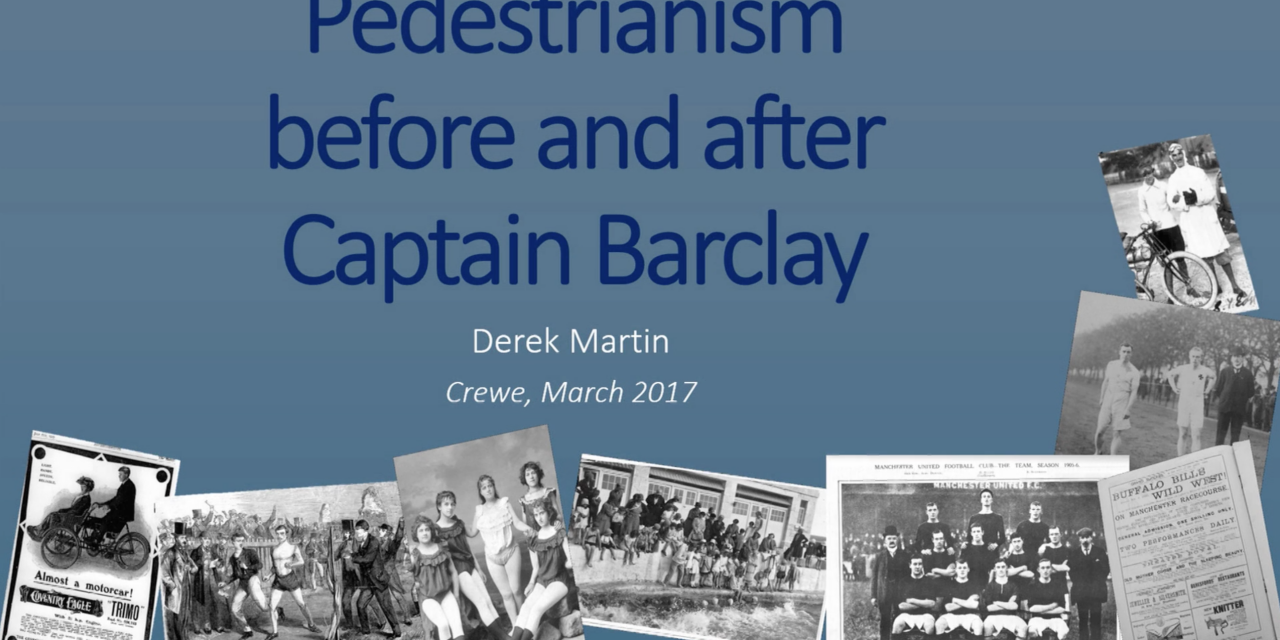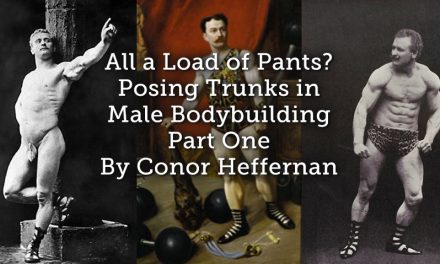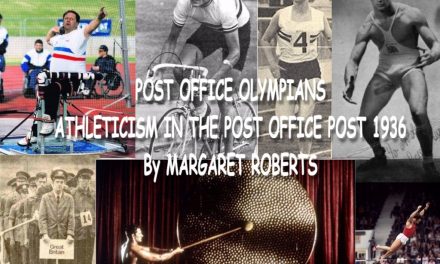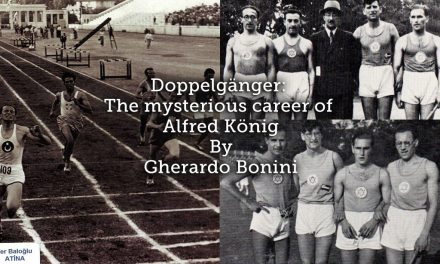The national celebrity of Captain Barclay after his 1,000-mile walk in 1809 has overshadowed other athletic activity in England during the Napoleonic Wars period. Increasing digitization of contemporary newspapers is confirming that Barclay was not unique in walking unfeasibly long distances. For years, ‘gentlemen’ who had, to modern sensibilities, a very robust, eighteenth century notion of ‘amateur’ had walked for money and continued to do so up to the 1820s. By then their feats were being equalled and surpassed by endurance athletes who were not ‘gentlemen’ and who could not afford the luxury of ‘amateurism’ in any sense. Barclay was also indebted to a long tradition of professional runners. For a century after the Restoration (1660) there was a recognised profession of ‘running footman’ – employed by the aristocracy or gentry to run for them in their wagers as, in effect, a cheap substitute for a racehorse. Unlike racehorses, the names and pedigrees of these runners are lost to history. But by the middle of the eighteenth century there is growing evidence of ‘self-employed’ professional runners, particularly in the north of England. Barclay himself trained in Yorkshire and raced against Abraham Wood of Lancashire. It is now possible to say something about the careers of such runners as Wood, Jonathan Pollit and Joseph Beal in this period.
Article © Derek Martin





